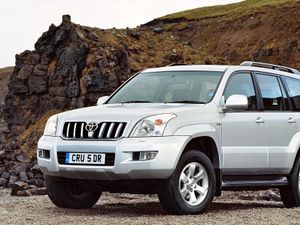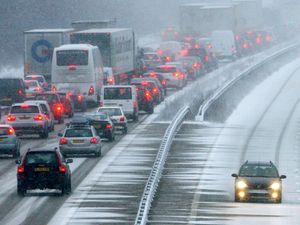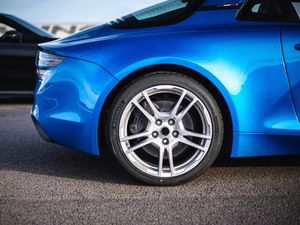How can I stay safe when driving in heavy rain?
Large parts of the UK are set to be hit with heavy downpours, so how can you make sure you’re safe when driving through them?
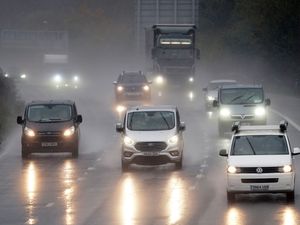
Large areas of the UK look set to be hit with some heavy downpours as the Met Office warns of longer journey times due to spray and flooding on roads. Some areas of the UK could see up to 80mm of rain with the unsettled weather continuing for the next few days.
Yellow weather warnings have been issued for Thursday in the South West and south Wales, the Midlands, parts of Northern England, Scotland and Northern Ireland. The Met Office has also stated that a second area of low pressure could bring additional weather fronts on Friday and Saturday too. So, if you’re driving in heavy rain, how can you stay as safe as possible? Let’s take a look.
Lower your speed
When driving in heavy rain, speeding is never your friend. Going more quickly than the conditions gives you less time to react should something go wrong, so slowing down enables you to have more time to take in any unfolding issue.
Strong winds across many parts with gales on exposed coasts ?
Keep up to date with the warnings using the link ? https://t.co/QwDLMfRBfs pic.twitter.com/wCCGAklYvN
— Met Office (@metoffice) December 7, 2023
We’d also advise leaving more space between yourself and the car in front. Doing so, again, gives you more time to react if they slow down abruptly.
Keep your lights on
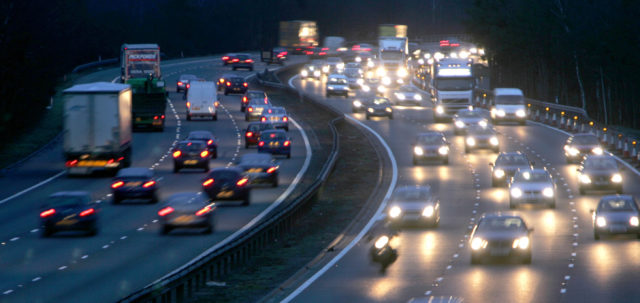
>
Making yourself visible to other road users is absolutely crucial in heavy rain. A lot of cars on the road today are fitted with automatic headlights and these systems sometimes struggle to work out when the lights need to be activated when heavy rain clouds are darkening the skies, so we’d always double-check that your dipped beams are activated manually.
If not, you could be left with just your daytime running lights on with no rear lighting activated whatsoever.
Give more space to larger vehicles

>
Particularly when driving at higher speeds, vehicles such as trucks, buses and lorries tend to kick up more spray making it harder and less safe to move forward.
Take extra care when passing alongside them on the motorway and make sure you give them plenty of space if you’re travelling in the opposite direction to one of these larger vehicles on a single-carriageway road.
Keep air conditioning on
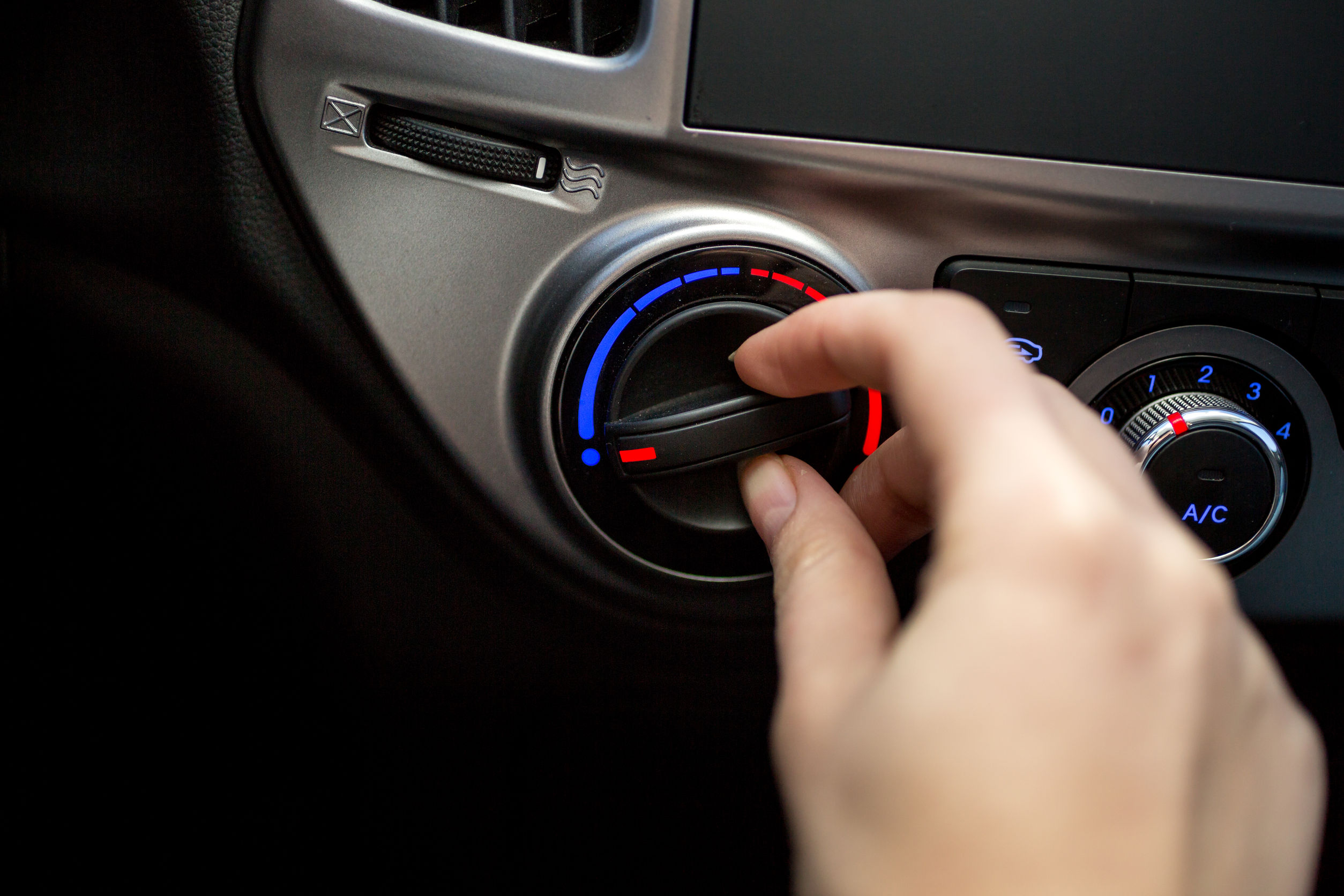
>
As you might expect, when it’s raining there’s a lot more moisture about so cars do have a tendency to mist up more frequently in downpours. It’s why we’d advise keeping your car’s air conditioning on – if it has it – as this can take much of the moisture out of the air and help keep your screen clean.
If you haven’t got any air conditioning, then try opening one of your side windows a crack to help let the damp air out and fresh air in.
Take extra care with deep water
Deep sections of water pose a substantial risk to both car and driver. Heavy periods of rain can see rivers burst their banks and areas of road flood, leaving drivers to navigate these tricky areas. You might be able to use a long stick or pole to judge the depth of the water ahead of you, but if there’s a current we’d advise staying in your vehicle and going in a different direction.
If it looks too deep, then we’d advise tracking back and taking another route. However, if you’re able to judge that the level isn’t too deep, then take your time and steadily drive through the water maintaining a constant speed while staying in a higher gear to help give you better control. Make sure you don’t stop, too.
Once you’re at the other side, try all of the major controls such as the brakes and throttle to make sure that the water hasn’t affected them. We’d also advise waiting for five minutes to ensure that the majority of the water has drained away from the underside of your car.


